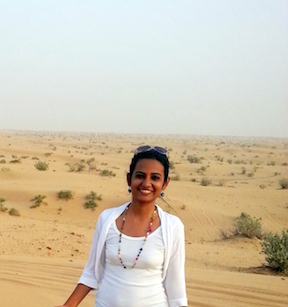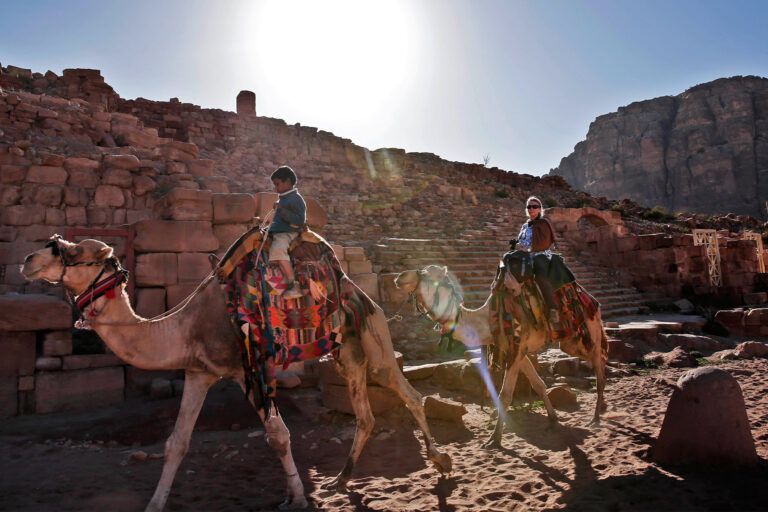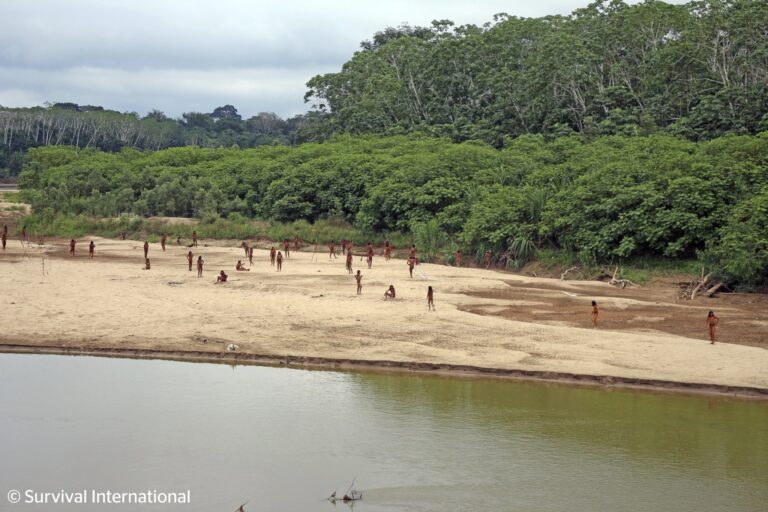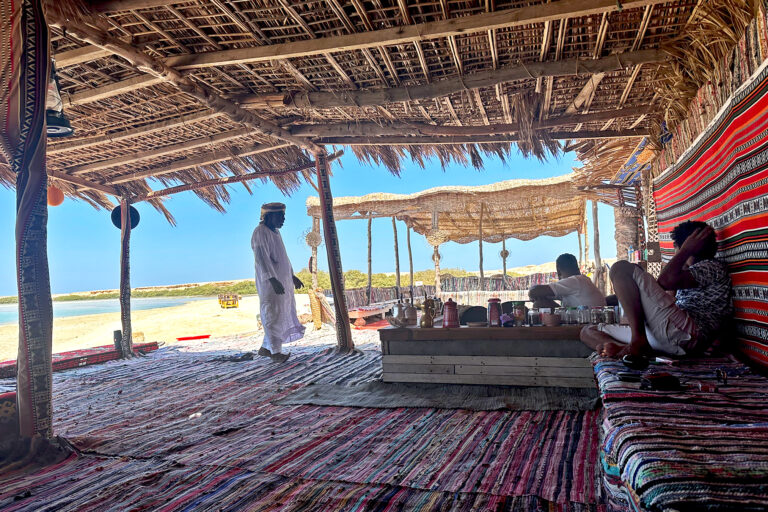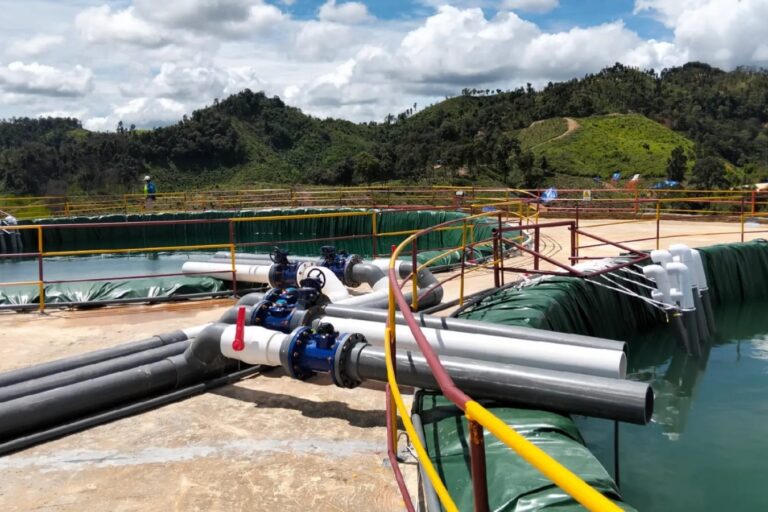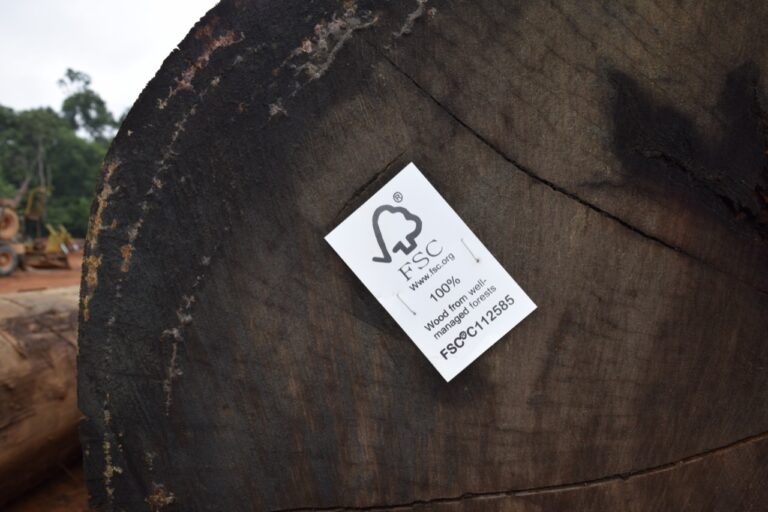- A team at the University of Copenhagen has generated a map of tree cover in 45 African countries down to individual tree crowns by feeding high-resolution satellite imagery into a machine-learning model.
- The analysis showed that nearly 30% of the continent’s tree cover lies outside what are traditionally considered forest areas in land-cover maps.
- For nine countries, trees outside forests account for around half their tree cover: Botswana, Burkina Faso, Eritrea, Libya, Mali, Namibia, Niger, Mauritania and Sudan.
- Such high-resolution tree-cover data could lead to more precise carbon stock assessments and better monitoring of land-use changes.
When it comes to mapping green cover, it’s easy to miss the trees for the forest. New research suggests that there are a lot of missed trees: almost 30% of all tree cover in Africa may be outside of forests, according to an analysis published in Nature Communications.
This research allows us to look “at the big picture and at individual trees,” University of Copenhagen geographer Florian Reiner told Mongabay. Reiner and his colleagues trained a machine-learning model to identify tree crowns in high-resolution satellite imagery by manually labeling a smaller subset.
They generated a tree-cover map for 45 African countries for 2019, down to individual tree crowns.
One of the enduring questions in landscape mapping is: what configuration of trees qualifies as a forest? There’s no universally accepted definition of forests, but widely used ones rely on tree canopy.
While all forests are made up of trees in some shape or form, not all trees fit inside forests. Mapping individual trees shows us where these elemental forest units exist but also distinguishes them as woody resources in their own right.
Different government agencies can also use different definitions of forests, complicating the task of creating a continentwide inventory. National statistics often don’t capture tree resources outside designated forest areas, and governments overlook them in decision-making. To their disadvantage, as this paper shows: Ignoring trees not affiliated with forests can lead to an underestimation of a nation’s carbon stocks.

There’s also a need for tracking progress on restoration goals.
Maurice Mugabowindekwe, a co-author on the Nature Communications paper who worked in Rwanda for many years, understands the importance of getting such granular information on trees. The small Central African nation has set itself the ambitious goal of restoring 2 million hectares (5 million acres) of land, or nearly 80% of its total area.
Rwanda’s restoration pledge was made under the Bonn Challenge, a global campaign to restore 350 million hectares (865 million acres) of degraded and deforested landscapes. There are ambitious continentwide restoration goals under the Bonn Challenge too. The African Forest Landscape Restoration Initiative (AFR100) aims to revive 100 million hectares (250 million acres) by 2030.
Mugabowindekwe said the new mapping method allows them to track restoration outside forested areas, even minute gains, creating opportunities to engage millions of small cultivators in the campaign. Seeing vegetation at such a fine scale can help flag areas where tree-planting initiatives are altering biomes or pinpoint areas where woody plants are encroaching on rangeland.
It will bolster efforts to monitor deforestation in areas experiencing selective logging, where trees of a single species are targeted, or where forests are being degraded but not razed outright.
The team sourced primary data from a constellation of satellites deployed by U.S.-based company Planet Labs, around 200,000 images in all, and trained a machine learning-based technique to identify tree crowns. A combination of advances in remote sensing and machine learning made this kind of mapping possible. However, this reliance on expensive imagery and formidable computing prowess means such tools may not be accessible to everyone.
Mugabowindekwe, now a doctoral fellow at the University of Copenhagen, used a similar model for a paper the team published in 2022. Mugabowindekwe and his colleagues spent many hours identifying and marking trees from images from Rwanda, manually labeling nearly 100,000 trees. This allowed the model to read other satellite images and generate an estimate for the number of trees across Rwanda: 350 million.

The team verified the results from the new paper by comparing them to estimates derived using conventional methods like light detection and ranging (LiDAR) and unmanned aerial vehicle (UAV) imagery.
While many of the trees identified as being outside forests could fall under the U.N. Food and Agriculture Organization’s definition of a forest, existing maps that rely on moderate-resolution maps can’t distinguish them as such. Nearly 30% of tree cover doesn’t fall under areas marked as forests by widely used land-cover maps.
“Trees outside forests are very important for farmers and communities,” Reiner said. These trees are found on agricultural fields, grazing lands, urban settlements, and roadways. Even a smattering of trees can yield fertilizer, fruit and firewood.
Around 33 million trees are dispersed across croplands in Africa, according to the study.
What’s more, in nine African nations, around half of the tree cover is outside forest areas: Botswana, Burkina Faso, Eritrea, Libya, Mali, Namibia, Niger, Mauritania and Sudan. “In global forest maps, these countries were empty,” Reiner said, “now we are populating them with tree cover data.”
The team intends to develop annual maps using this technique, enabling it to monitor changes in tree cover consistently.
While the 3-meter (10-foot) resolution is an upgrade from previous satellite imagery, it’s still not sharp enough to capture smaller trees. This can hamper efforts to monitor restoration projects in their early stages. Only tree crowns of a sufficient size are captured in the images.
Mugabowindekwe and his colleagues could generate maps at 0.25-m (10-inch) resolution for Rwanda. At such a high resolution, it would be possible to see individual trees even in dense close-canopy forests, which isn’t possible at a 3-m resolution.
“Despite limitations, this study presents interesting advances and continues our progress in being able to measure and monitor trees in diverse landscapes,” said Todd S. Rosenstock, who worked for more than a decade in agroforestry research in Kenya and was not involved with the new study.
“The first step is seeing trees, which the team is showing that we can. More needs to be done to ensure the trees are counted,” said Rosenstock, now with Alliance Bioversity-CIAT in France, an arm of the global research organization CGIAR.
The researchers have already come up with carbon estimates for Rwanda, where they found that nearly half of the aboveground carbon stocks are found outside designated forest areas.
Martin Brandt, who led the first application of this machine learning-based tree detection technique in West and Central Africa, is working with the team to generate biomass and carbon storage data for a wider region.
Citations:
Reiner, F., Brandt, M., Tong, X., Skole, D. L., Kariryaa, A., Ciais, P., … Fensholt, R. (2023). More than one quarter of Africa’s tree cover is found outside areas previously classified as forest. Nature Communications, 14(1). doi:10.1038/s41467-023-37880-4
Mugabowindekwe, M., Brandt, M., Chave, J., Reiner, F., Skole, D. L., Kariryaa, A., … Fensholt, R. (2022). Nation-wide mapping of tree-level aboveground carbon stocks in Rwanda. Nature Climate Change, 13(1), 91-97. doi:10.1038/s41558-022-01544-w
Brandt, M., Tucker, C. J., Kariryaa, A., Rasmussen, K., Abel, C., Small, J., … Fensholt, R. (2020). An unexpectedly large count of trees in the West African Sahara and Sahel. Nature, 587(7832), 78-82. doi:10.1038/s41586-020-2824-5
Hansen, M. C., Potapov, P. V., Moore, R., Hancher, M., Turubanova, S. A., Tyukavina, A., … Townshend, J. R. (2013). High-resolution global maps of 21st-Century forest cover change. Science, 342(6160), 850-853. doi:10.1126/science.1244693
(Banner Image: Predicted tree cover overlaid on Google Maps satellite imagery (Imagery © 2022 CNES / Airbus, Landsat / Copernicus, Maxar Technologies, Map data ©2022) for agricultural fields in Burkina Faso. Image courtesy of Reiner et al.)


